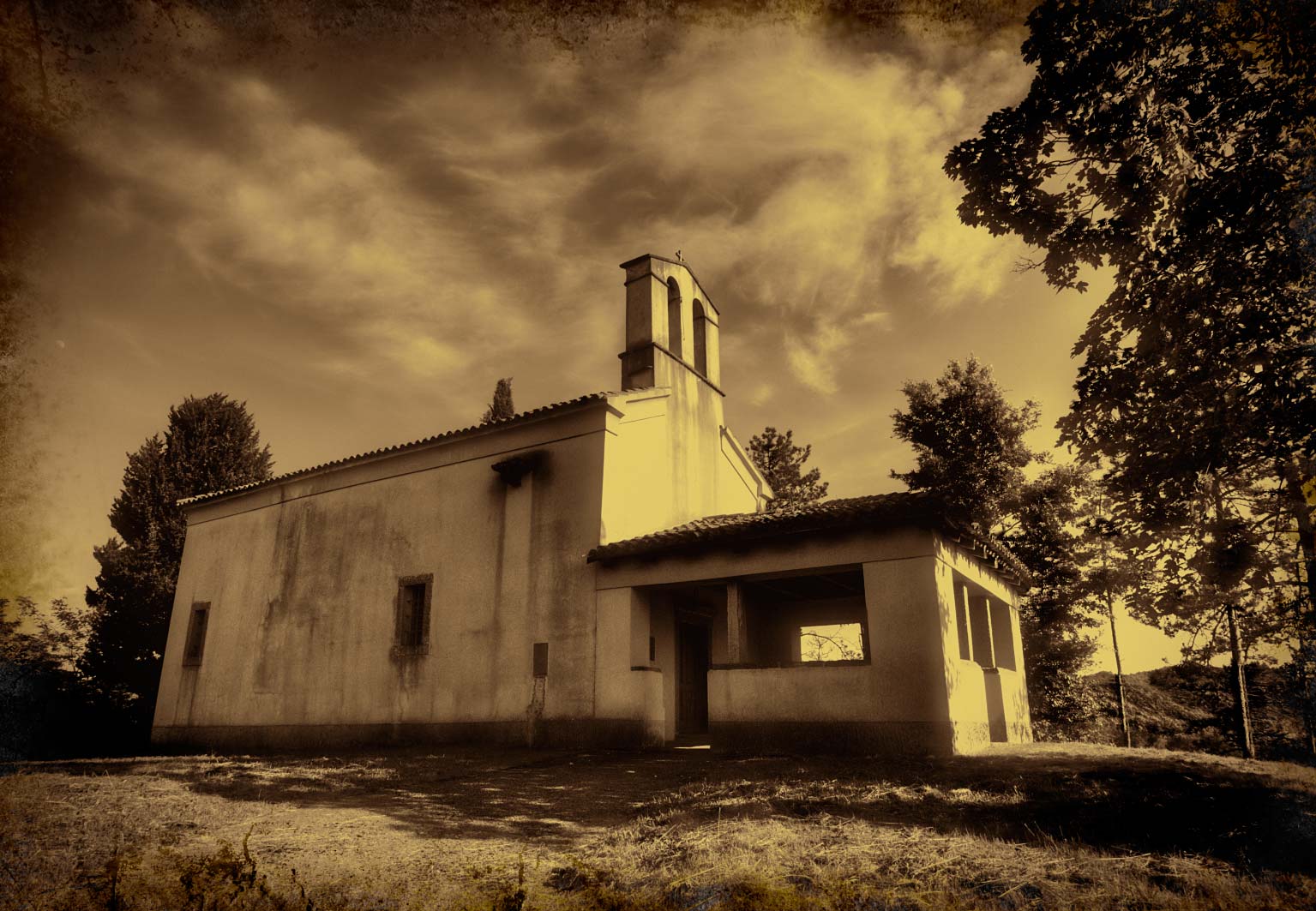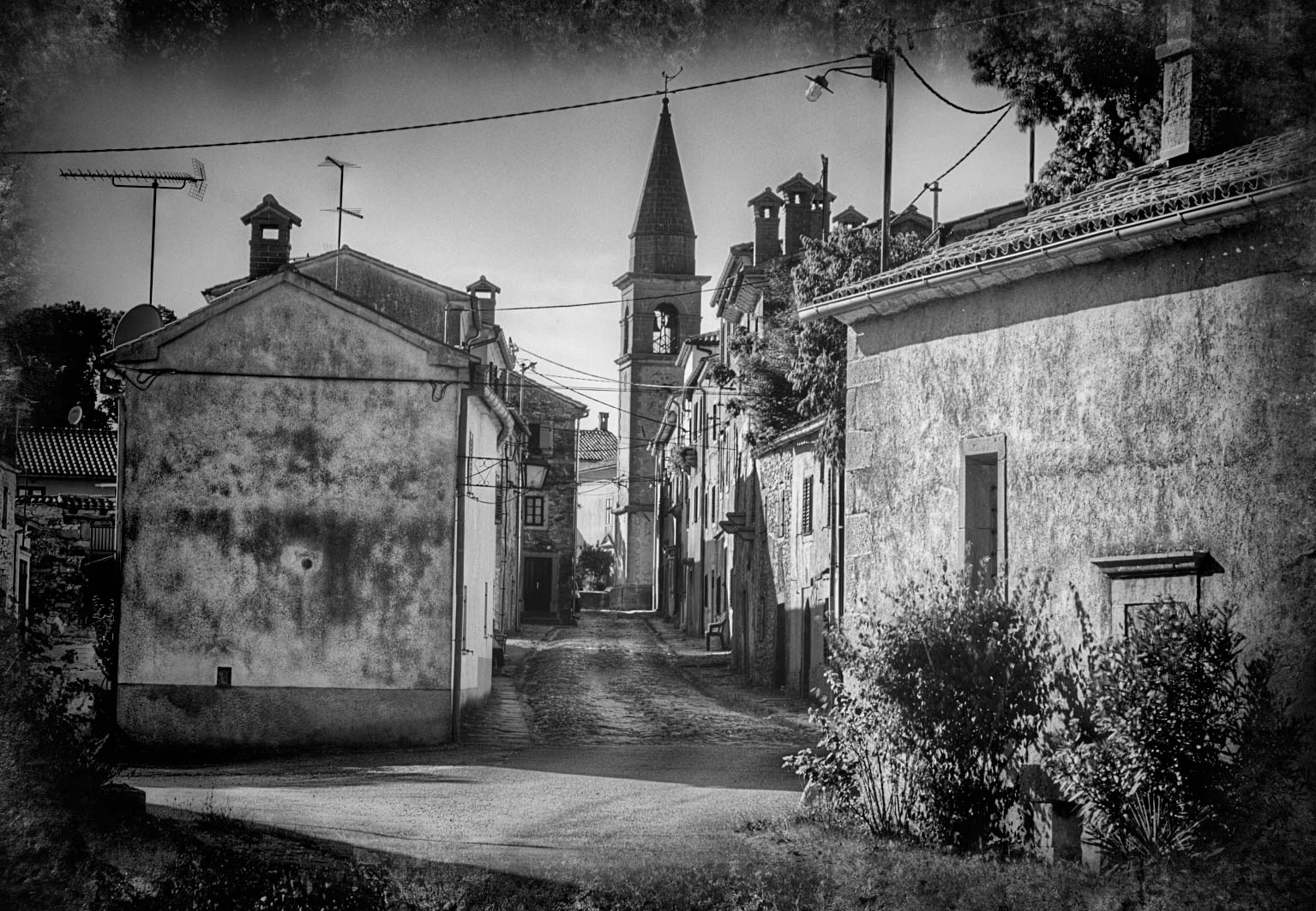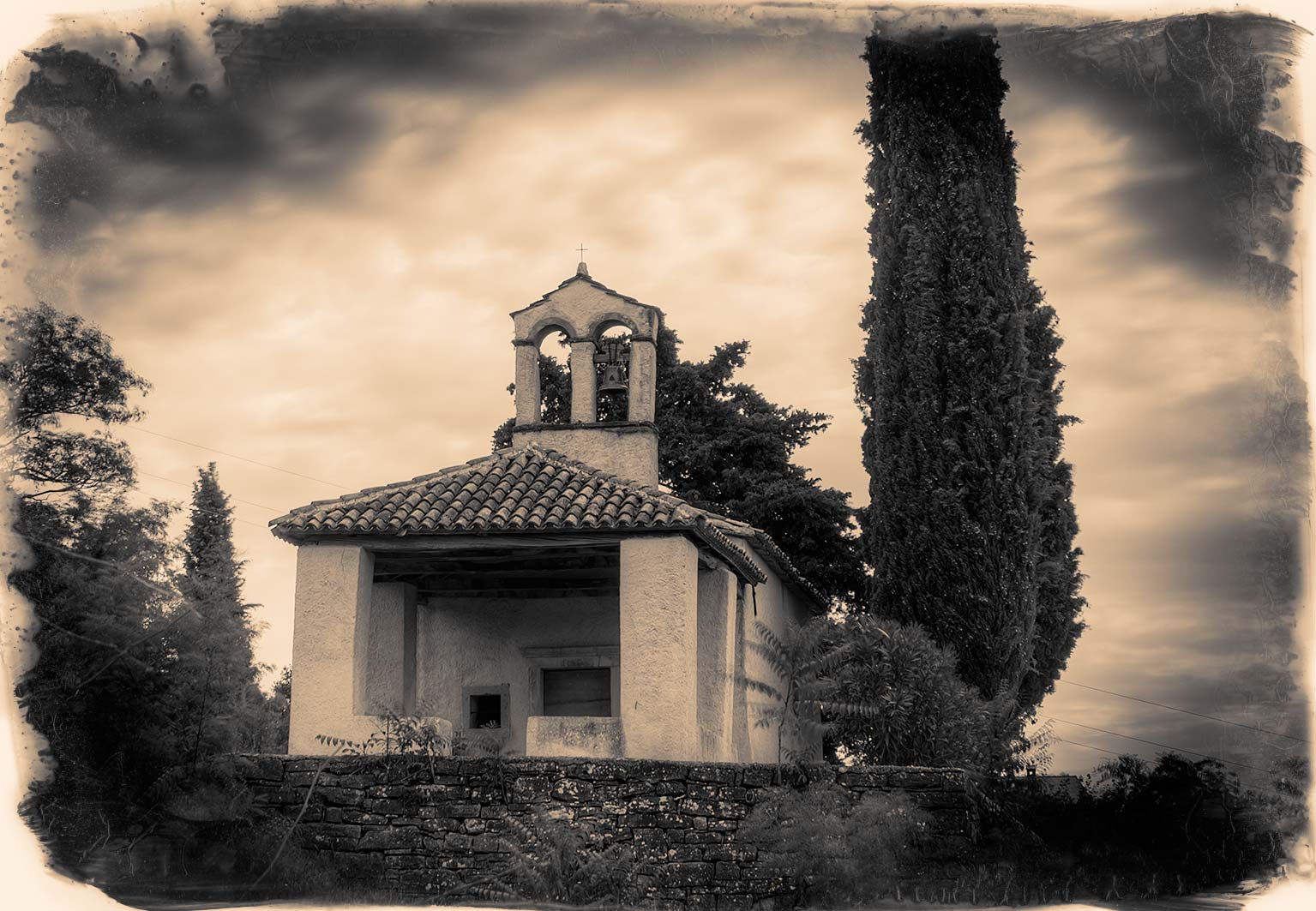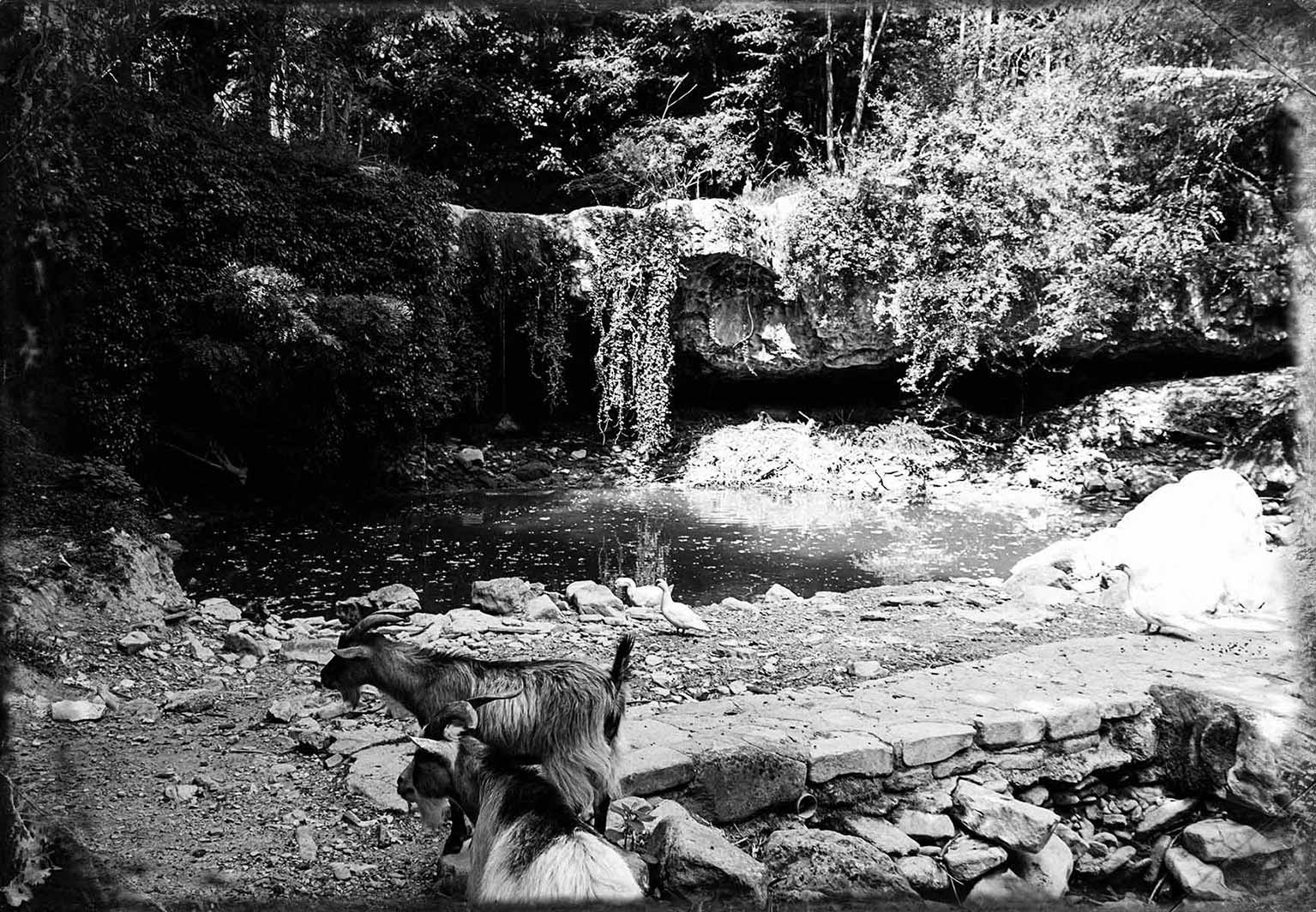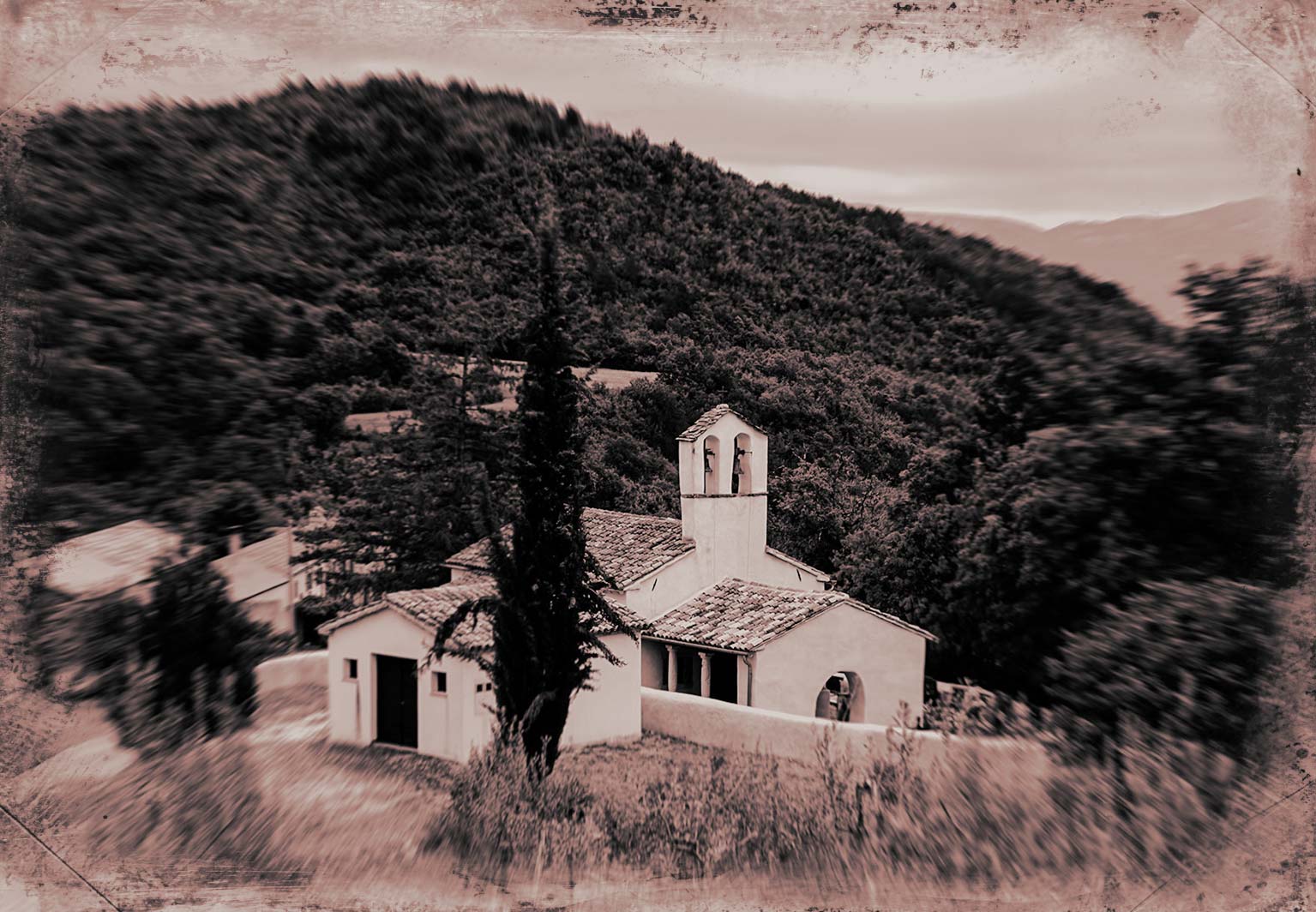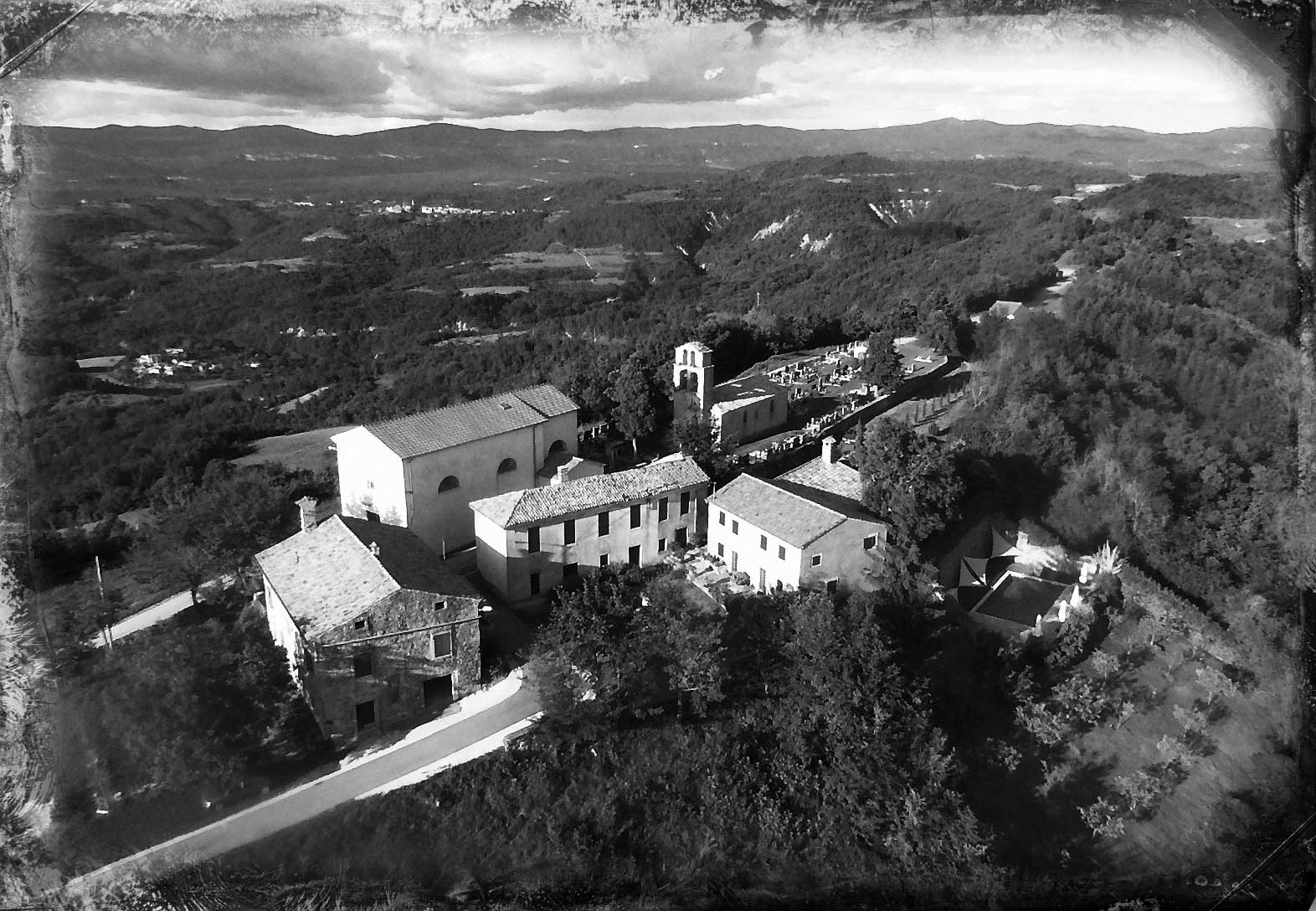Gologorica
 Gologorica is a settlement on a flyshe ridge above a wide fertile valley of the river Raša. In front of the entrance to Gologorica, there is a Romanesque church of the Blessed Virgin Mary, painted in 1400 by an unknown artist. His paintings were of high artistic value but were ruined later by the Glagolitic priests and their students who either lived in Gologorica or were just passing through.
Gologorica is a settlement on a flyshe ridge above a wide fertile valley of the river Raša. In front of the entrance to Gologorica, there is a Romanesque church of the Blessed Virgin Mary, painted in 1400 by an unknown artist. His paintings were of high artistic value but were ruined later by the Glagolitic priests and their students who either lived in Gologorica or were just passing through.
When you’re going to Gologorica, you have to pass through Vela vrata (The Great Door). They used to be the main doors on the fortification that protected Gologorica. Next to the main door is the chapel from1773, and further along, a short street leads to the square in front of the church, dominated by the De Franceschi house, built in 1711. This influential and wealthy family moved to Gologorica from Karnija. They raised many prominent people such as Karlo (1809-1893), a historian and politician, Carlo (1868-1953), a historian, and Giulio (1856-1942) a painter.
An area circled by a wall in the centre of the village used to be a cemetery, and in the 17th century the Church of Saints Peter and Paul was built on it. Another church used to be in the same position and we still have gothic relief of the Crucifixion and Jesus being put into his tomb from 1466. Even earlier, there was a Romanesque Church of St. Peter, in front of which there was a fig tree and an elm tree behind it. This information was written by Mikula Gologorički, in 1325, who went, with the count Albert the Third of Gorizia and other representatives of nobility and common people, around the boundaries of his property.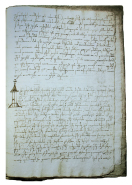 As a result of the voyage he has created Istarski razvod, the oldest juridical document, which is also the oldest travel guide, written in Glagolitic script. The document is nowadays in the State archive in Rijeka.
As a result of the voyage he has created Istarski razvod, the oldest juridical document, which is also the oldest travel guide, written in Glagolitic script. The document is nowadays in the State archive in Rijeka.
Although Gologorica is a rural area, it has an urban structure of the settlement. The main street starts at the Great door and ends at the other side of the village, where another door used to exist which the locals must have used to go to the fields and wineyards.
The area must have been inhabited in prehistoric times but was mentioned for the first time in 1102 as the centre of a property bought by Konrad.
The cemetery has a Church of All Saints, and inside is a stone sink for the holy water with a Glagolitic sign from 1549.
After the capitulation of Italy, in the 2nd World War, when Pazin was occupied by the Germans, the school building in Gologorica was functioning as a hospital for memberes of the resistance.
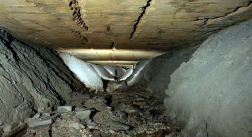 Near Gologorica, there is a cave Piskovica, named after pisak (marl stone) that formed a part of the surrounding scenery. The cave is quite unique in its form and the longest in Istria. It was formed because of the erosion of flysh between the two planches of limestone which formed a 1036m long canal with a horizontal floor and an extremely straight ceiling.
Near Gologorica, there is a cave Piskovica, named after pisak (marl stone) that formed a part of the surrounding scenery. The cave is quite unique in its form and the longest in Istria. It was formed because of the erosion of flysh between the two planches of limestone which formed a 1036m long canal with a horizontal floor and an extremely straight ceiling.
The surrounding area is formed by deep torrents inside the marl layers. In the east, towards Gradinje and Paz, and in the north, from Cerovlje to Grimalda, towards Draguć, the layers are neatly folded like the pages of a closed book and make an imposing sight. The marl stone layers that are stretching through the scenery are the remains of a muddy sea bottom that covered the area 50 million years ago.
https://arhiva.cerovlje.hr/en/mjesni-odbori/gologorica#sigProIdfceb1700e9






